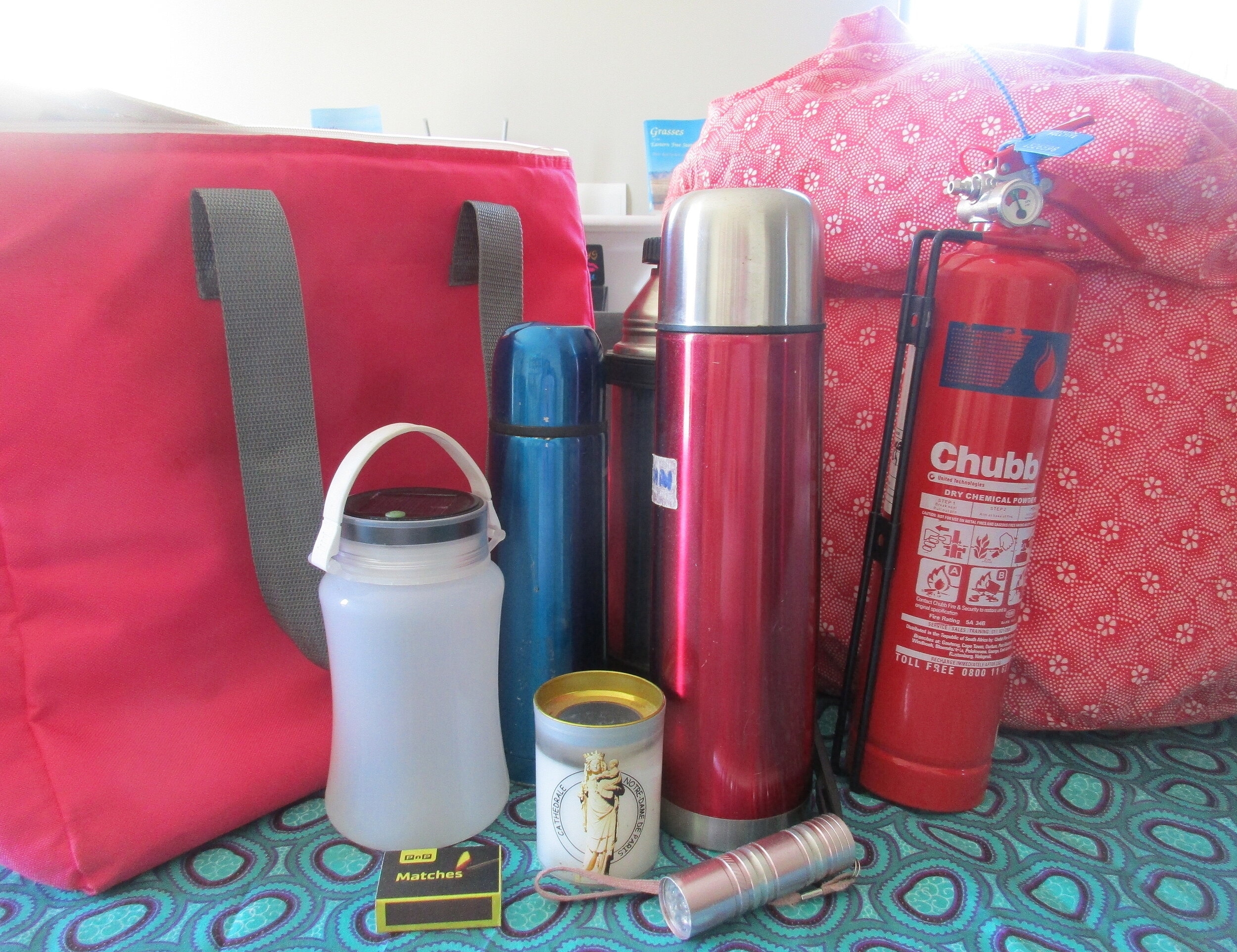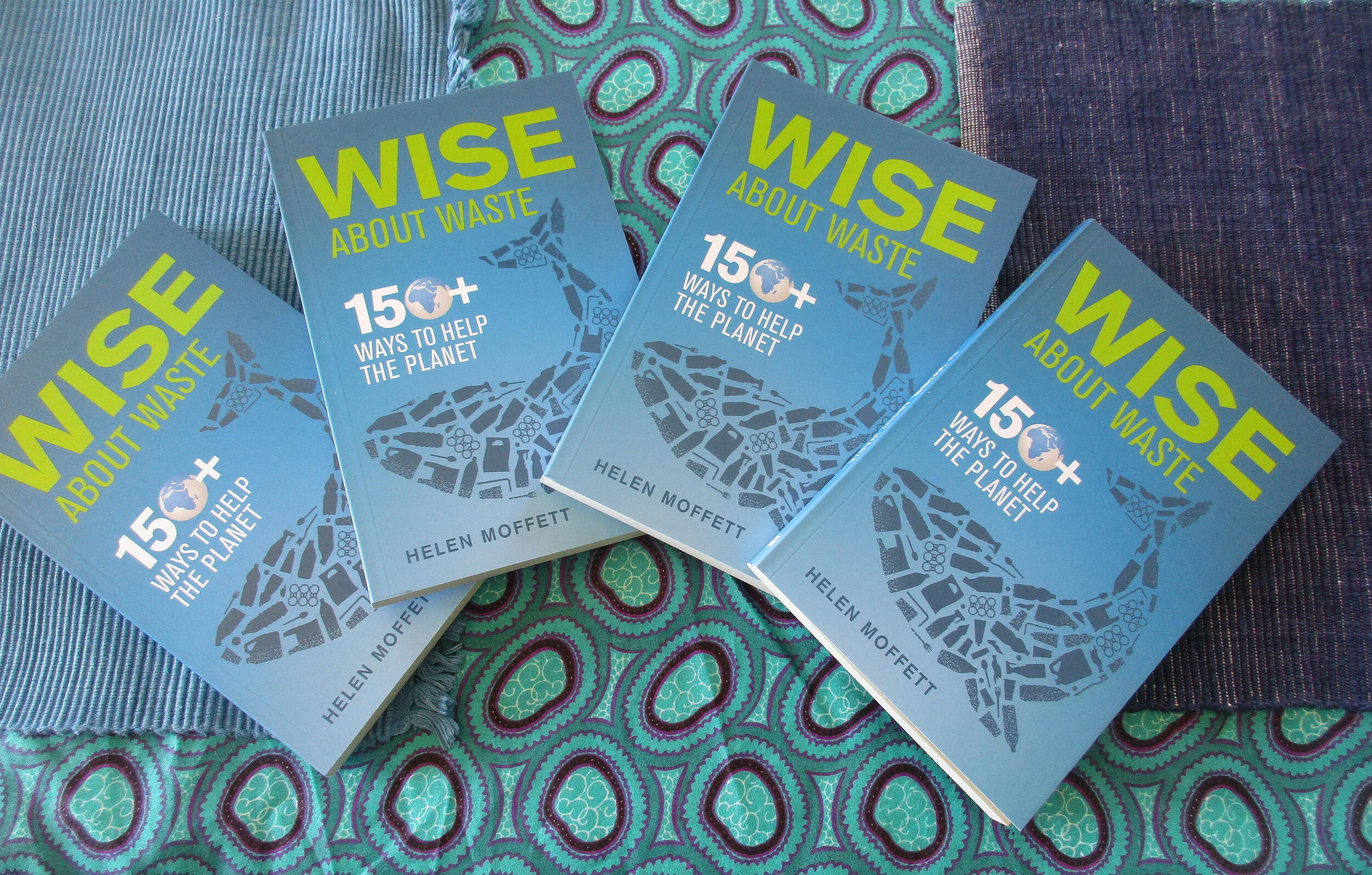Roast Red Pepper and Sweet Potato Soup. Garnished with black pepper, yoghurt and rocket pesto.
I thought writing a cookbook would be easy. O vanity! O hubris! It’s jolly difficult, and I take off my hat to all those local writers who make it look effortless — folk like Jane-Anne Hobbes, Erica Platter, Tony Jackman, Ishay Govender-Ypma, Nicky Stubbs, Karen Dudley, Hope Malau, and more. It is enormous fun, though, and the research can’t be beat.
One problem (and I’m sure I can hear all the REAL chefs laughing at me) is that sometimes the very best dishes can’t ever be replicated. But that’s the whole point of a cookbook — that if one follows instructions, one gets a reliable and consistent result.
But as anyone who’s ever created a feast or one perfect dish from something foraged or given as a gift or suddenly in season for pennies at the market will know, it doesn’t always work like that. Here I give you my Roast Red Pepper and Sweet Potato Soup as the classic example. I have made two batches, both sublime, but like all good witches, I used a magic (and secret until now) ingredient. My friend the writer Kathryn White (read her Anna Peters’ Year of Cooking Dangerously for a hilarious and poignant tale of everything that can go wrong with a recipe or relationship) is a serious foodie, and her mum Patsy (a Proper Chef) even more so. Patsy lives in Antigua, and the last time she came to Cape Town to see her daughter, she brought me a jar of homemade fresh tamarind paste — from the tree in her garden. Never has a jar been so redolent of Caribbean sunshine, of tropical heat and colour. So into my soups it went — but only the very special ones. I found it the perfect partner for the following ingredients: carrot, ginger, lemon, orange … and red peppers. The latter can be expensive, but sometimes the local Food Lovers Market has a glut, and flogs them cheaply.
Here’s Version 1: Chop and fry one large onion in at least four tablespoons of oil (I use a combination of coconut and olive) until it starts to turn colour. Now add three to four red peppers, diced into postage stamp-size bits. Stir and fry for at least another ten minutes — the onions should be chestnut-brown, and the peppers crinkled at the edges, and exuding a sticky liquid. Add two large crushed cloves of garlic and at least two chopped carrots. Stir around for another minute, chuck one peeled and diced sweet potato into the pot, cover with water, add a good pinch of salt and set to simmer. You can add stock at this point, but preferably home-made (chicken or my magic vegan stock — here’s the recipe.) Or leave the stock out for now, and rather test-taste once the mystery elements have gone in. Cook until the potatoes are soft. Now for the spell: add the juice and zest (finely grated skin) of one large lemon and one orange. And then a generous tablespoon of Patsy’s Antiguan tamarind paste.
Sigh, and that’s where this all falls apart, folks, because Patsy’s gift is what makes this soup UNIQUE. However, you can try pre-prepared tamarind paste (or the old-fashioned cheap version, which is dried tamarind fruit — kind of a cross between a date and a loquat — soaked, the flesh peeled off the pip, mashed up and popped into the soup). If all this sounds like too much, double up on the lemon juice and add a spoon of soy sauce. (If you want a tiny bit of bite, you can also add two teaspoons of powdered ginger at the simmering stage, or a finely chopped chunk of fresh ginger at the frying stage.) Not perfect, but still pretty good. Blend everything and you’ll end up with a beautiful deep coral-coloured soup, into which you can stir yoghurt if you like, or garnish with fresh rocket. This is my favourite variation: it’s silkier and a little brighter than the second version, which is heartier, and has that slightly porridge-y texture that lentils create.
Version 2 is excellent if you want to serve this soup as a main dish, you have hungry people to feed, or you want to add protein and extra fibre to what is already a seriously healthy soup. Follow exactly the same process as for the version above, but replace the carrots with a cup of dried split red lentils (no need to pre-soak).
Patsy’s jar of magic is all used up now. I made it last as long as possible, and every time I dipped in a teaspoon, I would think of Patsy, and Kathryn, and a memorable dinner we once had together at the Food Barn, and then I’d remember the Caribbean, because in my long and spectacularly lucky life I’ve been to both Trinidad and Barbados, and not as a tourist on a disconnected beach in an artificial resort, but for work and pilgrimage purposes. I met wonderful people there, and then I’d remember THEM, and the adventures we had, and and and. Food and fragrance: powerful time machines and enchanted carpets. Thank you, Patsy, for your gift of both.
What unrepeatable dishes have you created? (Not counting the ones that SHOULDN’T be repeated — we shall draw a tactful veil over those.) I have a version of mushroom stock that still has me wringing my hands because it is possibly the BEST mushroom stock ever created, and an olive marinade from a farm stall (a present) featured in its success… I will tell its story another day.
* I know this word doesn’t exist. But it should!
The fabled tamarind paste from Antigua. Tropical garden in a jar.








